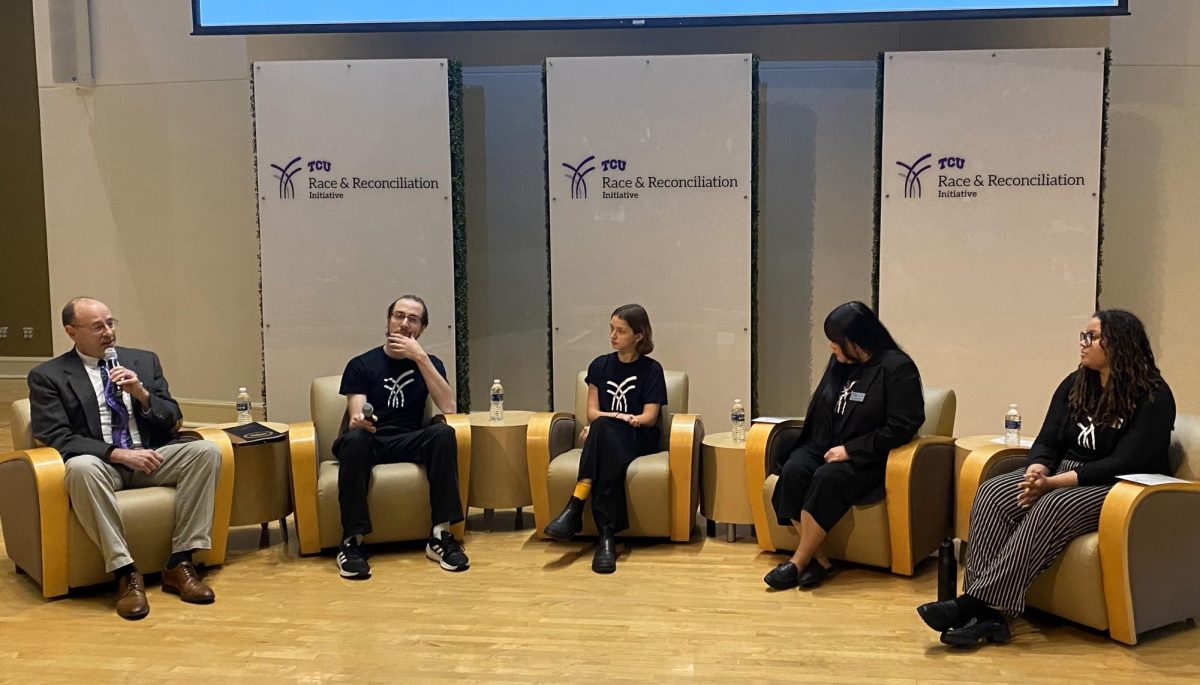Peacekeeping operations may be the first thought when determining how to negotiate between two conflicting parties, but allowing them “to fight it out” may be an option to consider.
Dr. Paul F. Diehl, the recently retired Henning Larsen professor of political science at the University of Illinois, spoke on this subject on January 29, with his titled presentation, “Pay Me Now or Pay Me Later: Tradeoffs in Peacekeeping Deployment versus ‘Letting them Fight.'”
Dr. James Scott, a political science professor and Herman Brown Chair, said that Diehl is the “model of the scholar teacher” and “easily one of the most respected people studying political science.”
Diehl began by asking the audience to think about the conflicts they had heard about in recent years and to consider the options of sending in operations and doing nothing.
“When you leave here tonight, you won’t necessarily see that one of these options is better than the other, but that each of these have their advantages,” Diehl said.
Diehl explained how peacekeeping operations have four different criteria: negotiating settlements, keeping the peace, reducing casualties and promoting democratization.
He said the goal is to get the parties to come to a negotiation that resolves their conflict by stopping the bloodshed in the short and long term.
Diehl then explained the downside by saying, “When you stop fighting and put peacekeepers in place, you remove some of the pressures on the state to want to negotiate.”
He said that in order to reduce casualties and protect civilians you would need enough forces in place. This is not typically the case.
Diehl said the average size of a post-Cold War peacekeeping operation is about 3,500 peacekeepers. To have the ability to reduce casualties to zero, the peacekeeping operation would have to include 10,000 peacekeepers.
There is also the option of “letting them fight,” which many worry will lead to more casualties, but Diehl said that “in clear victor wars there are 50 percent fewer casualties.”
Diehl said peacekeepers try and supervise elections to make sure the process is fair, but that it has been proven that the critical elections in the democratization process is not the first election, but the second one – long after the peacekeepers are gone.
“Neither of [the options] is perfect, but have no delusion that democratization is unlikely in either case,” Diehl said. Further issues such as sexual abuse, economic disruption or Black Market activity could complicate things as well, he said.
Diehl referred to this study as “the peacekeeping-peacemaking dilemma,” saying that if you send in peacekeepers, you might save lives or prevent atrocities.
However, this risks stalemating and limiting diplomacy.
On the opposite side, allowing them to fight can result in short-term death and abuse, but a greater likelihood of decisive outcomes and long-term stability.
Diehl opened the floor to questions and comments after his presentation.



